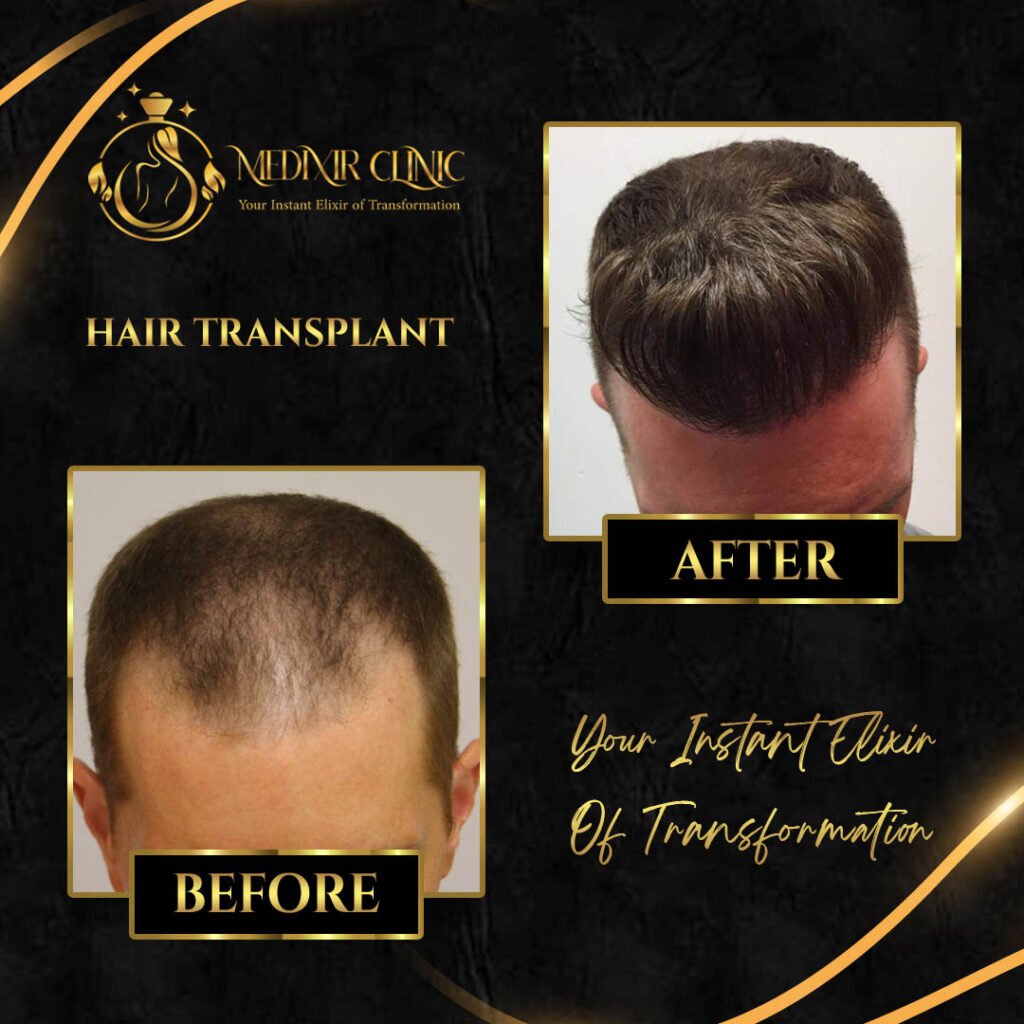
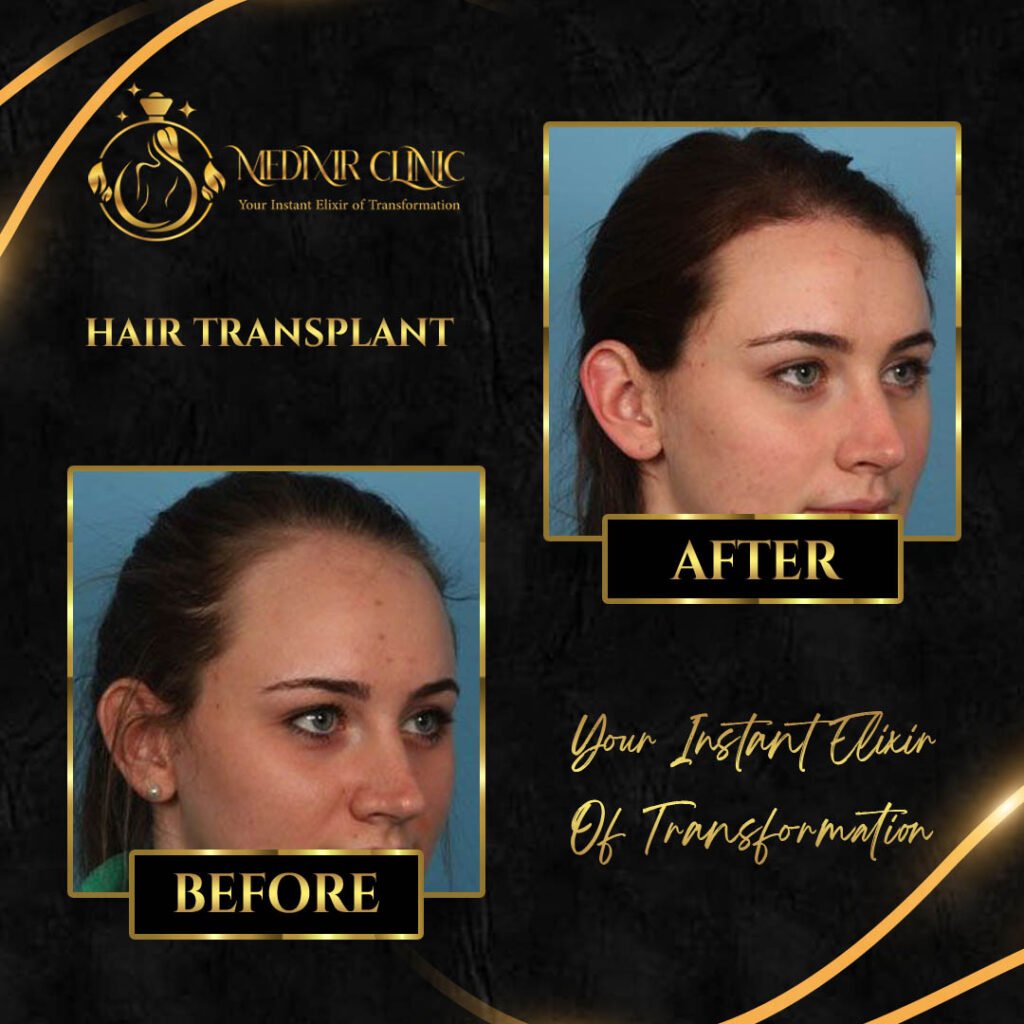
Hair Transplant at Medixir Clinic
At Medixir Clinic, we offer cutting-edge hair transplant solutions tailored to each patient’s natural hair pattern, facial structure, and personal goals. Whether you're facing receding hairlines, thinning crowns, or overall hair loss, our expert team restores more than just your hair—we restore your confidence.
We specialize in both FUE (Follicular Unit Extraction) and DHI (Direct Hair Implantation) techniques. These modern, minimally invasive methods ensure natural-looking results with no visible scarring and a short recovery period. Our approach focuses on precise graft placement and high follicle survival rates.
Each procedure begins with a comprehensive scalp analysis and personalized hair design plan. Using advanced magnification tools and micro-surgical instruments, we extract healthy follicles from donor areas and implant them into thinning or bald regions with careful attention to angle, direction, and density.
At Medixir Clinic, we see hair transplantation as a form of artistry backed by science. Our goal is not just hair growth—but creating a result so natural, no one will ever know you had a procedure. Begin your journey to fuller, healthier hair today.
Frequently Asked Questions
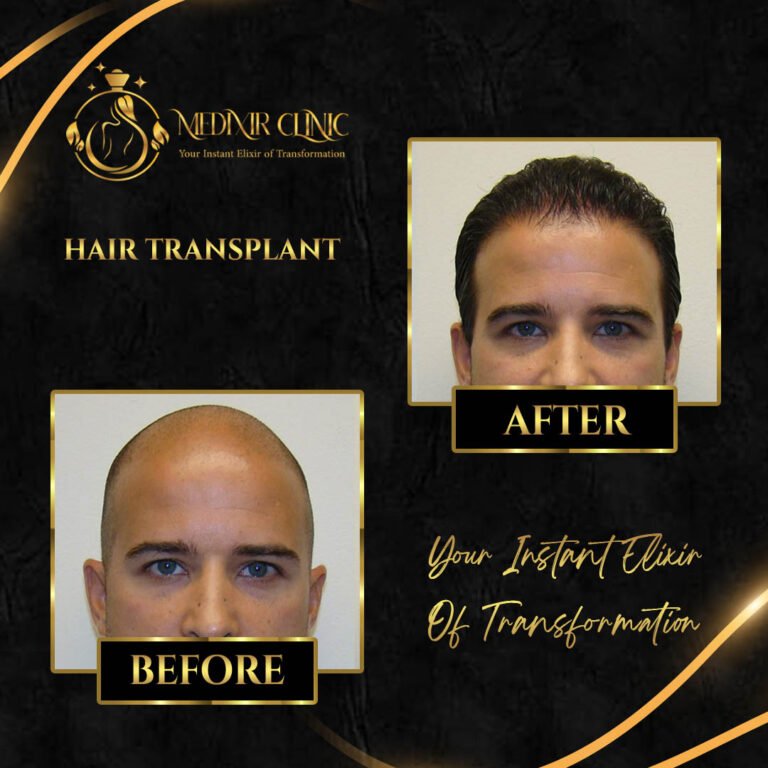
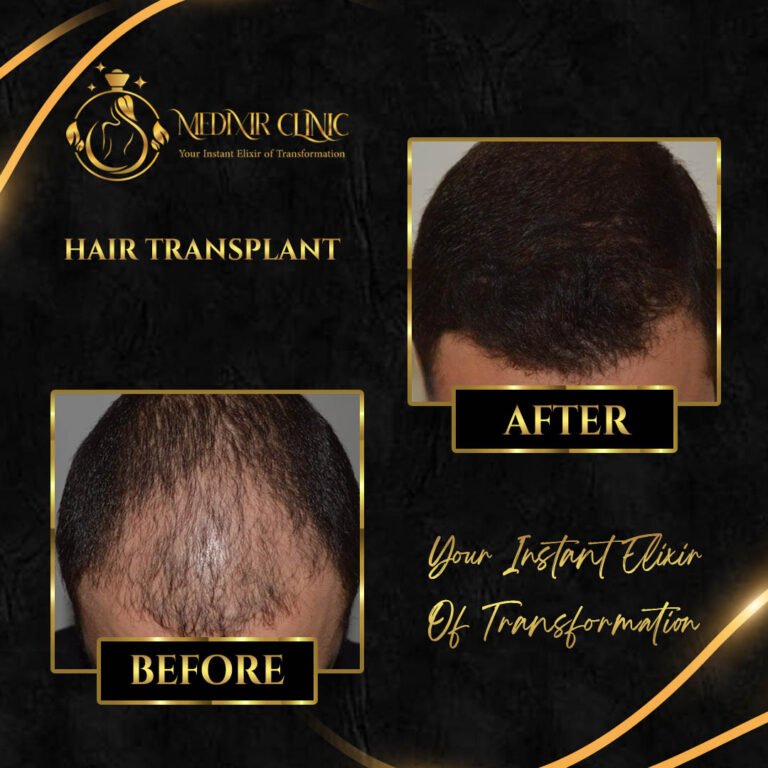
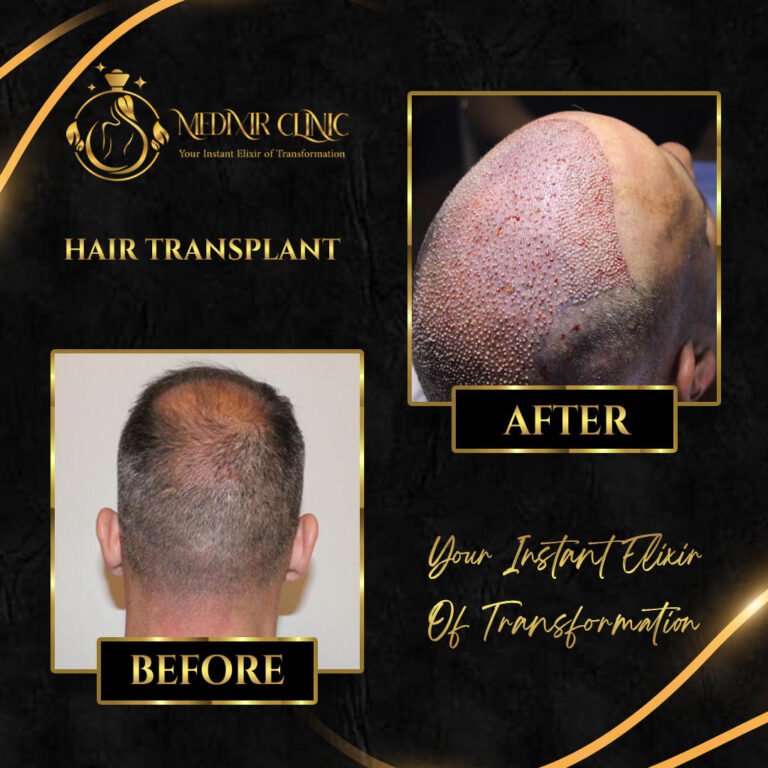
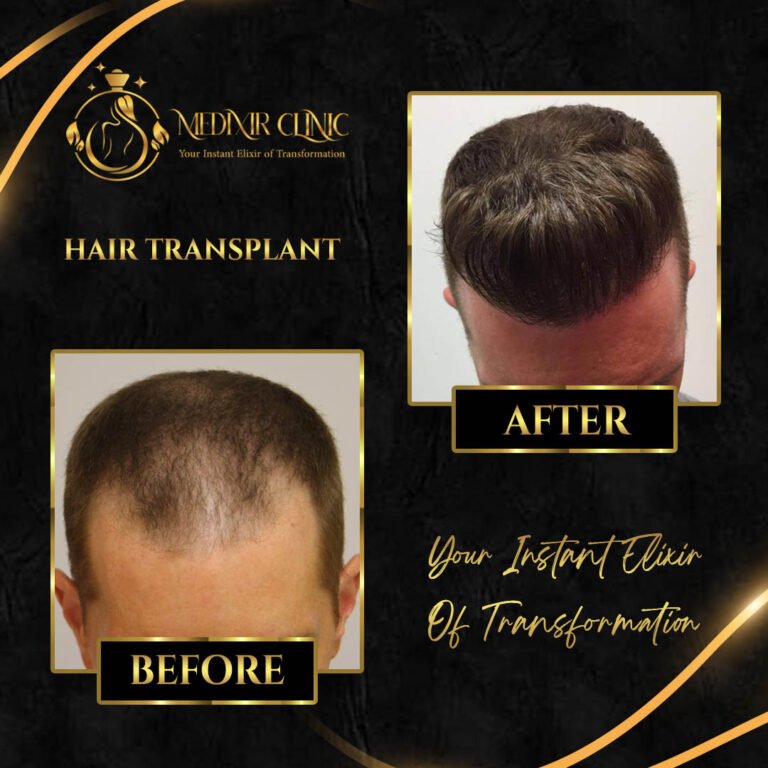
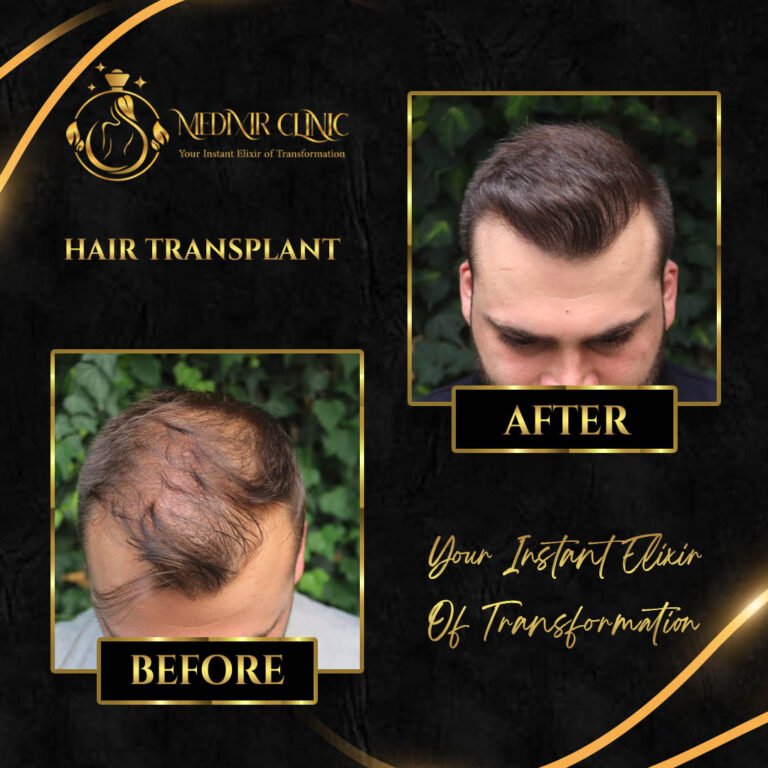
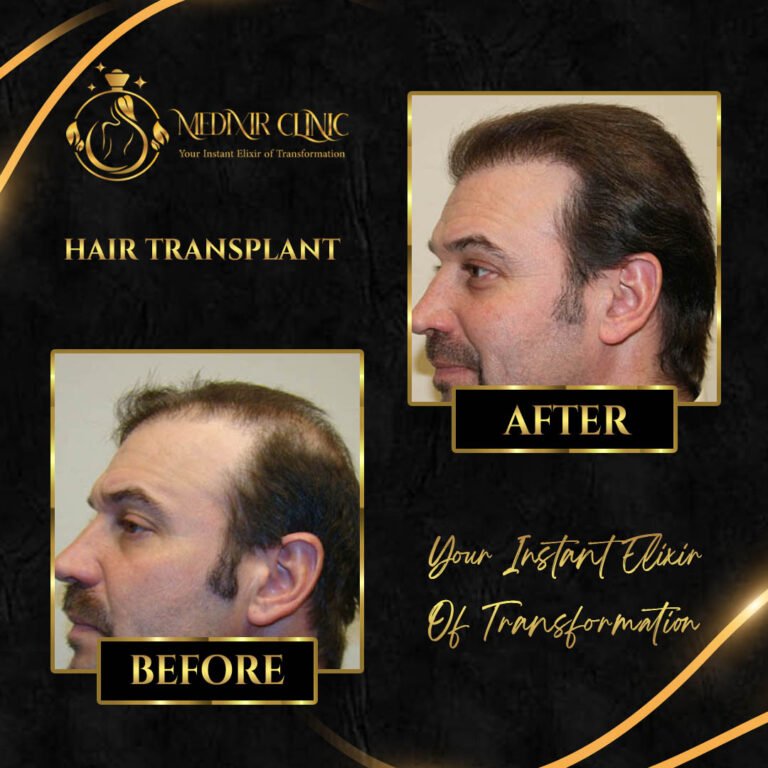
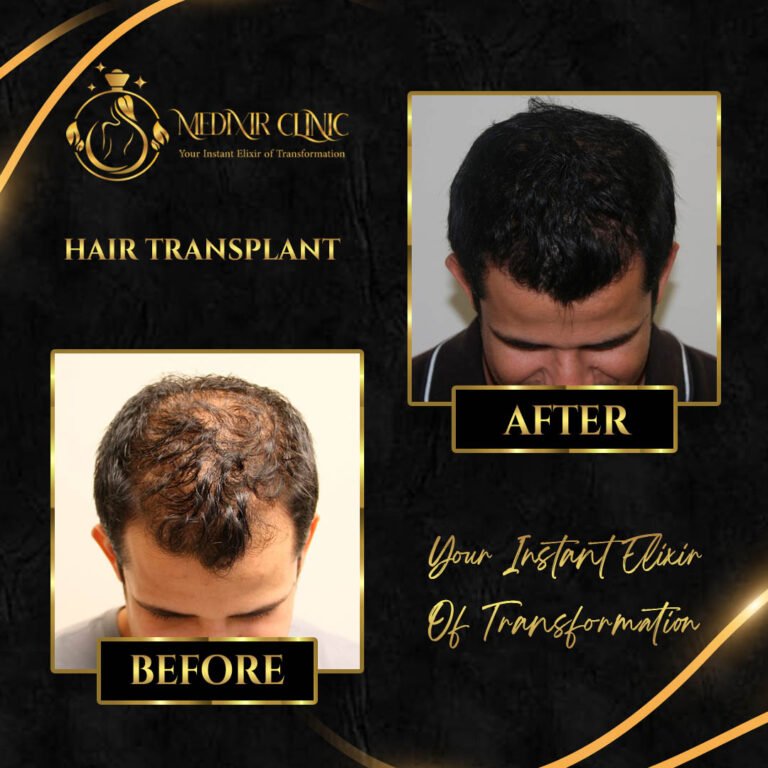
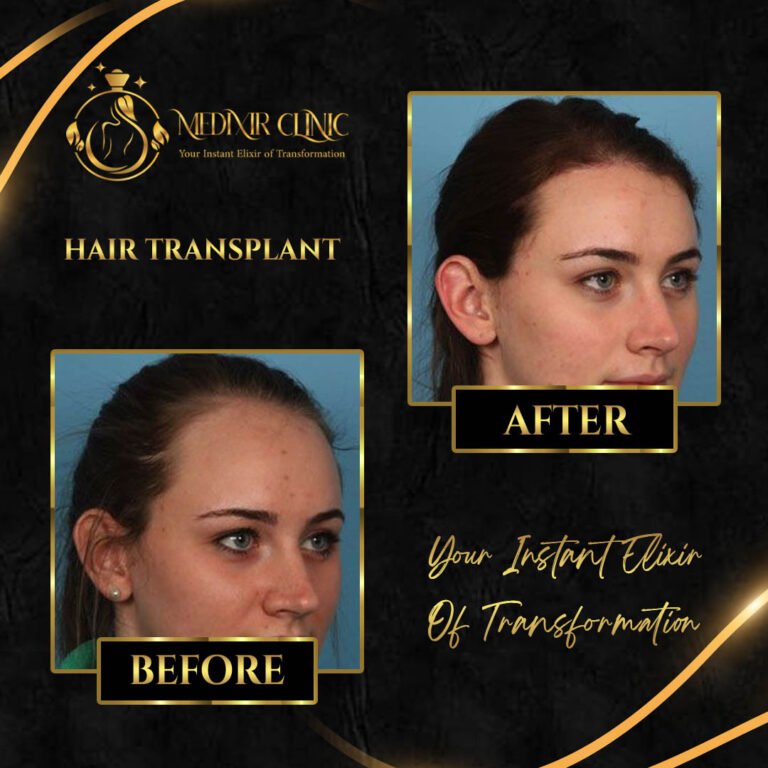
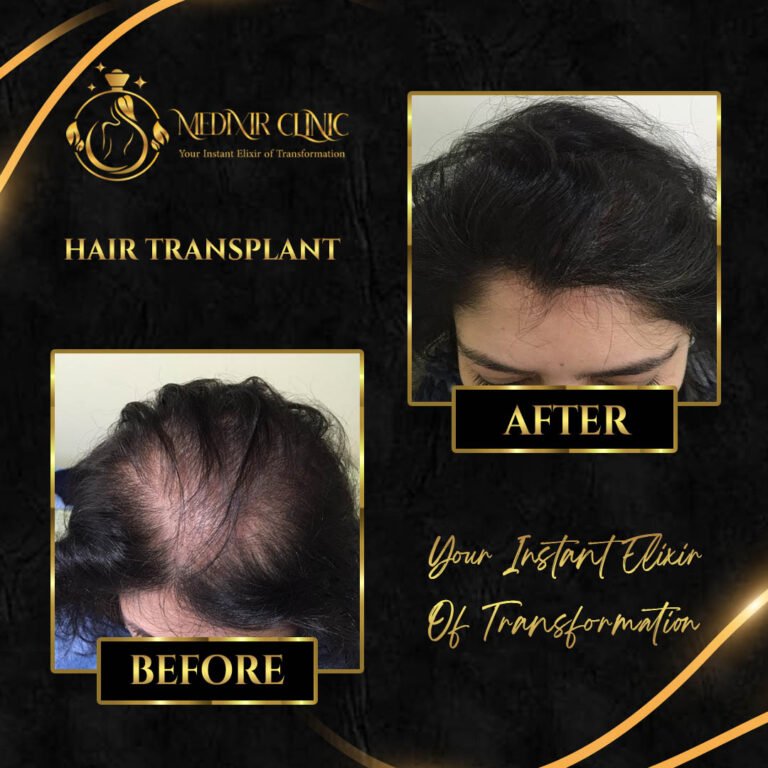
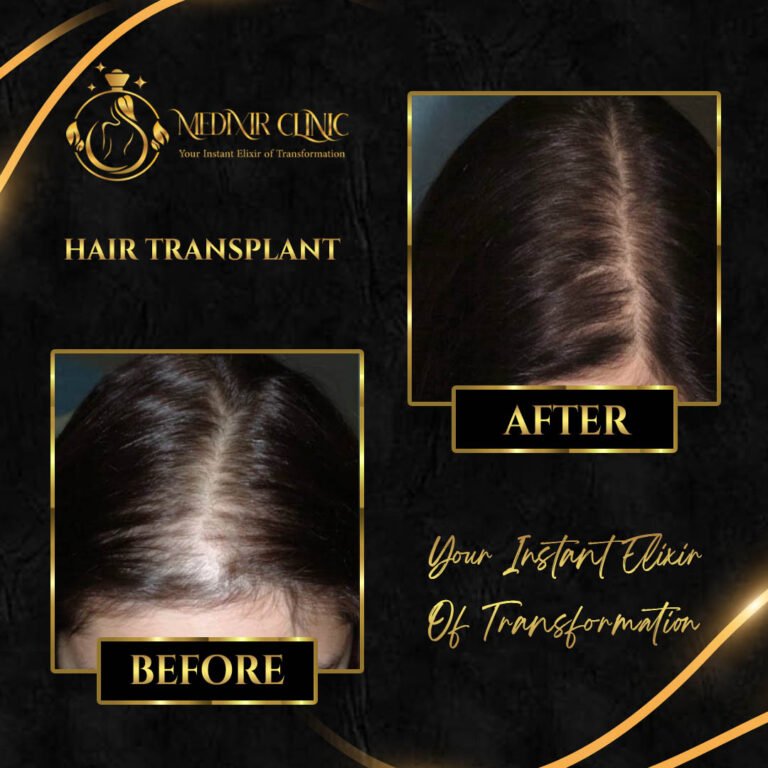
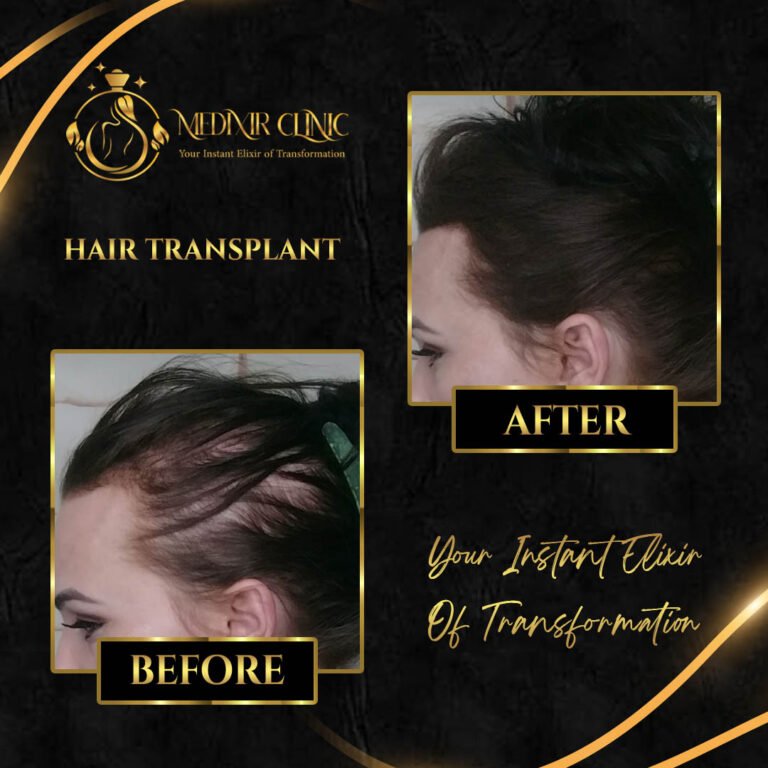
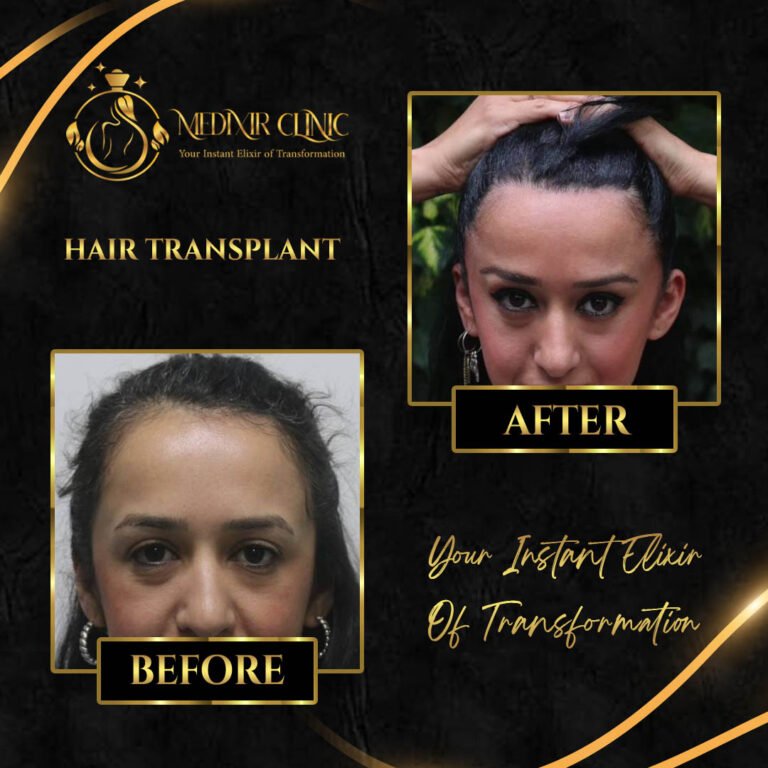
Hair Transplant
Hair transplant is a surgical procedure in which hair follicles are moved from one part of the body (usually the back or sides of the scalp) to a balding or thinning area. This procedure is primarily used to treat male pattern baldness, but it can also be used for women experiencing hair loss.
At Medixir Clinic, we offer advanced hair transplant procedures to restore your natural hairline and density. Our surgeons use the latest technology and methods, including the popular FUE (Follicular Unit Extraction) technique, which is minimally invasive and offers a high success rate.
The FUE method involves extracting individual hair follicles from a donor area, usually the back of the scalp, and transplanting them into areas where hair is thinning or missing. This method ensures minimal scarring and a quicker recovery time compared to other techniques.
Another technique used is the FUT (Follicular Unit Transplantation) method, which involves removing a strip of tissue from the donor area and dissecting it into individual follicular units for transplantation. FUT may leave a linear scar, but it is an effective method for patients requiring a larger number of grafts.
The procedure is performed under local anesthesia, so the patient remains awake and comfortable throughout the surgery. The time it takes depends on the extent of the transplant and the number of grafts needed, but it generally lasts 4 to 8 hours.
After the surgery, patients may experience mild swelling, redness, or discomfort in the donor and recipient areas. These side effects typically subside within a few days. It is important to follow the post-surgery care instructions to ensure proper healing and maximize the success of the transplant.
The transplanted hair will initially fall out within the first few weeks after surgery, but new hair will begin to grow back in the transplanted areas within 3 to 6 months. Full results are usually visible after 12 to 18 months, and the transplanted hair will continue to grow naturally.
Hair transplant results are permanent, as the transplanted hair follicles are resistant to the hormones that cause hair loss. With proper care, the results can last for many years, offering a natural, fuller appearance.
At Medixir Clinic, we use state-of-the-art technology and offer personalized treatment plans to ensure the best results for each patient. Our expert team provides care throughout the process, from consultation to post-surgery follow-up, ensuring a smooth and successful experience.
If you are considering a hair transplant and want to restore a fuller, natural-looking hairline, consult with our specialists today. We can help you achieve the results you desire.
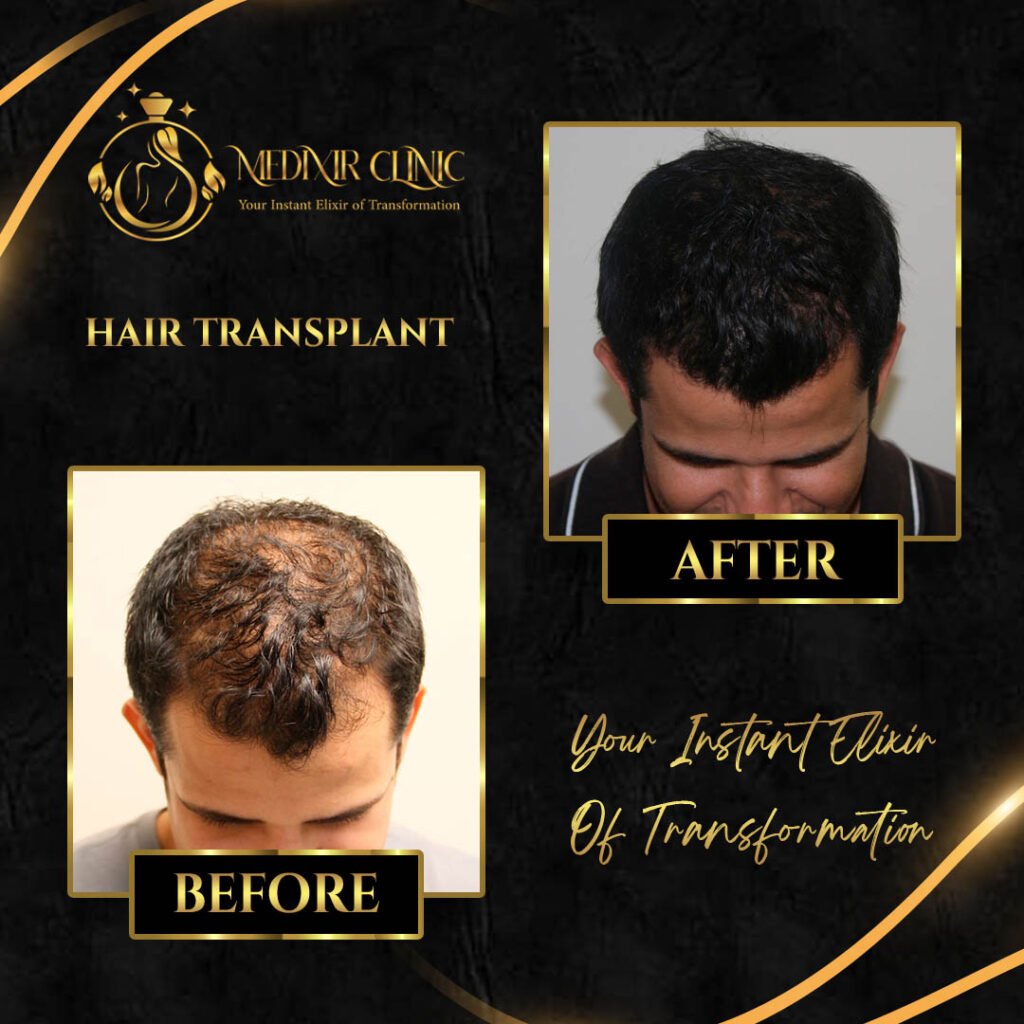
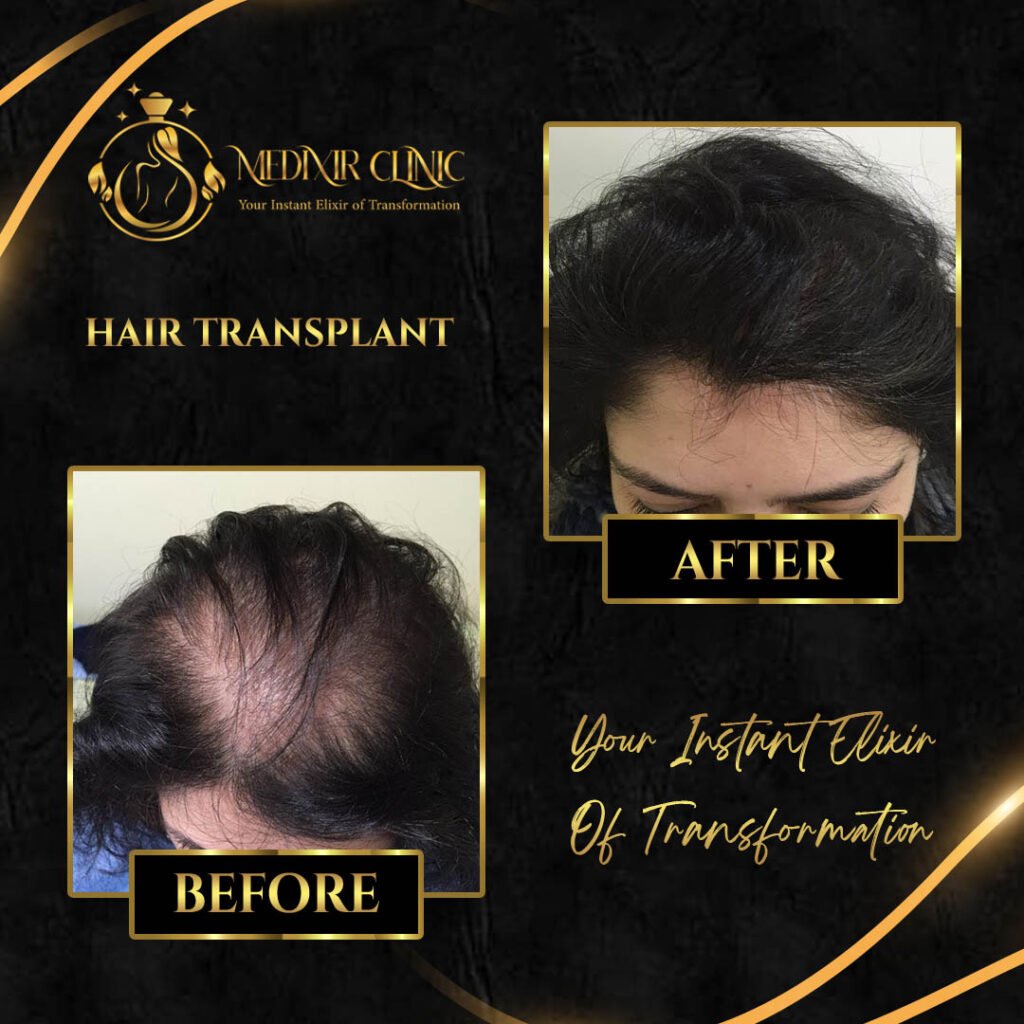
What is a Hair Transplant?
A hair transplant is a permanent solution for hair loss that involves relocating healthy follicles to thinning or bald areas, restoring natural growth and a fuller, more youthful appearance.
